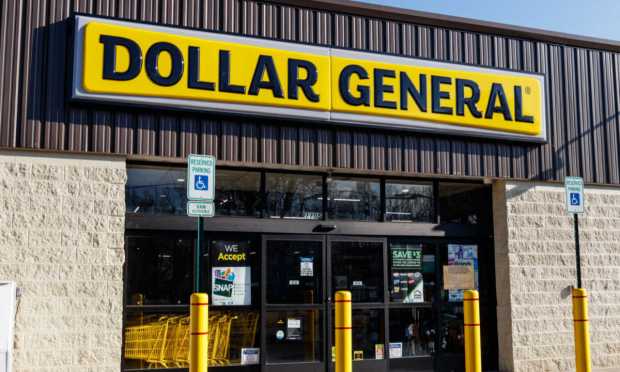More People Turn to Dollar Stores for Essentials Due to Inflation

As retail prices continue to soar, cash-strapped households are reeling in expenses by skipping extras, buying in bulk, doing without, and turning to dollar stores for essentials.
Consumer spending climbed 1.1% in June amid 40-year record high inflation, the U.S. Bureau of Economic Analysis (BEA) reported last week.
Read more: Consumer Spending Surges as Inflation Eats Away at Household Budgets
From October 2021 to June 2022, spending on grocery items at discount stores went up 71%, The Wall Street Journal (WSJ) reported Monday (Aug. 1), citing analytics firm InMarket. The same items purchased at supermarkets declined by 5%.
With 31 consecutive years of growth, Dollar General reported it is launching new stores in the United States daily and has over 18,000 locations nationwide. About 2,300 stores offer fresh produce, and Dollar General is planning to expand that option to more than 10,000 locations over the next few years, a Dollar General spokeswoman told WSJ.
“While Dollar General isn’t a full-service grocer, we consider ourselves today’s general store by providing nearby and affordable access to daily household essentials, including the components of a nutritious meal,” the spokesperson said, per the report.
A PYMNTS study showed that in June, 61% of American consumers were living paycheck to paycheck, a 5.5 percentage-point increase year over year. The study also found that 36% of consumers making $200,000 or more a year reported living paycheck to paycheck in June, a 6 percentage-point increase from 30% in May.
See more: Inflation Bites as 13% of US Consumers Spent More Than They Earned in Last Six Months
Prices are going up at the fastest pace since 1981, and PYMNTS’ data revealed that 86% of U.S. consumers believe they lost purchasing power in the last year.
Read more: New Study Finds 70% of US Consumers Cutting Back on Nonessential Retail Purchases
The wealth effect, a phenomenon in which consumers who have lost assets due to inflation are less likely to spend, is creating a negative cycle. Consumers who have broken the paycheck-to-paycheck cycle are already pulling back spending, especially retail spending.
For all PYMNTS retail coverage, subscribe to the daily Retail Newsletter.
